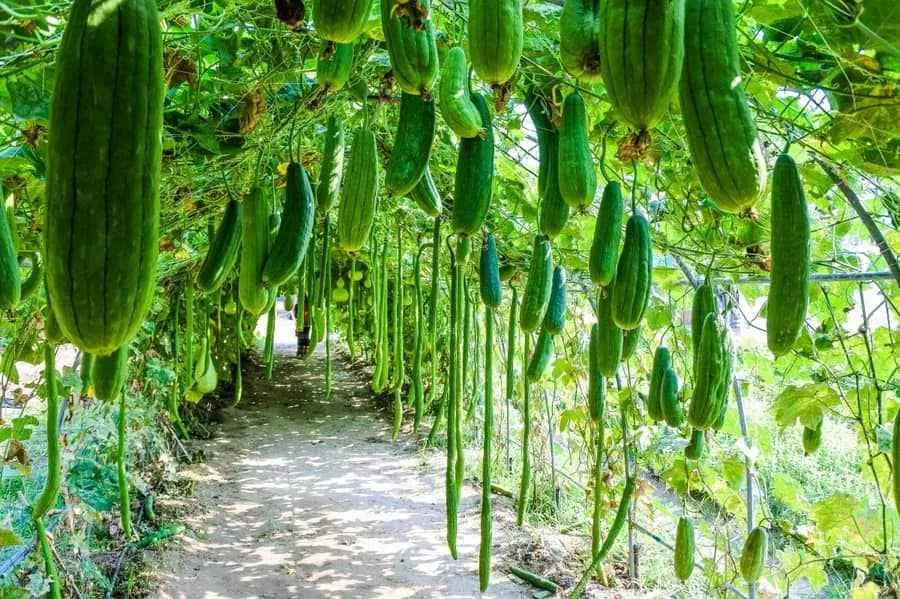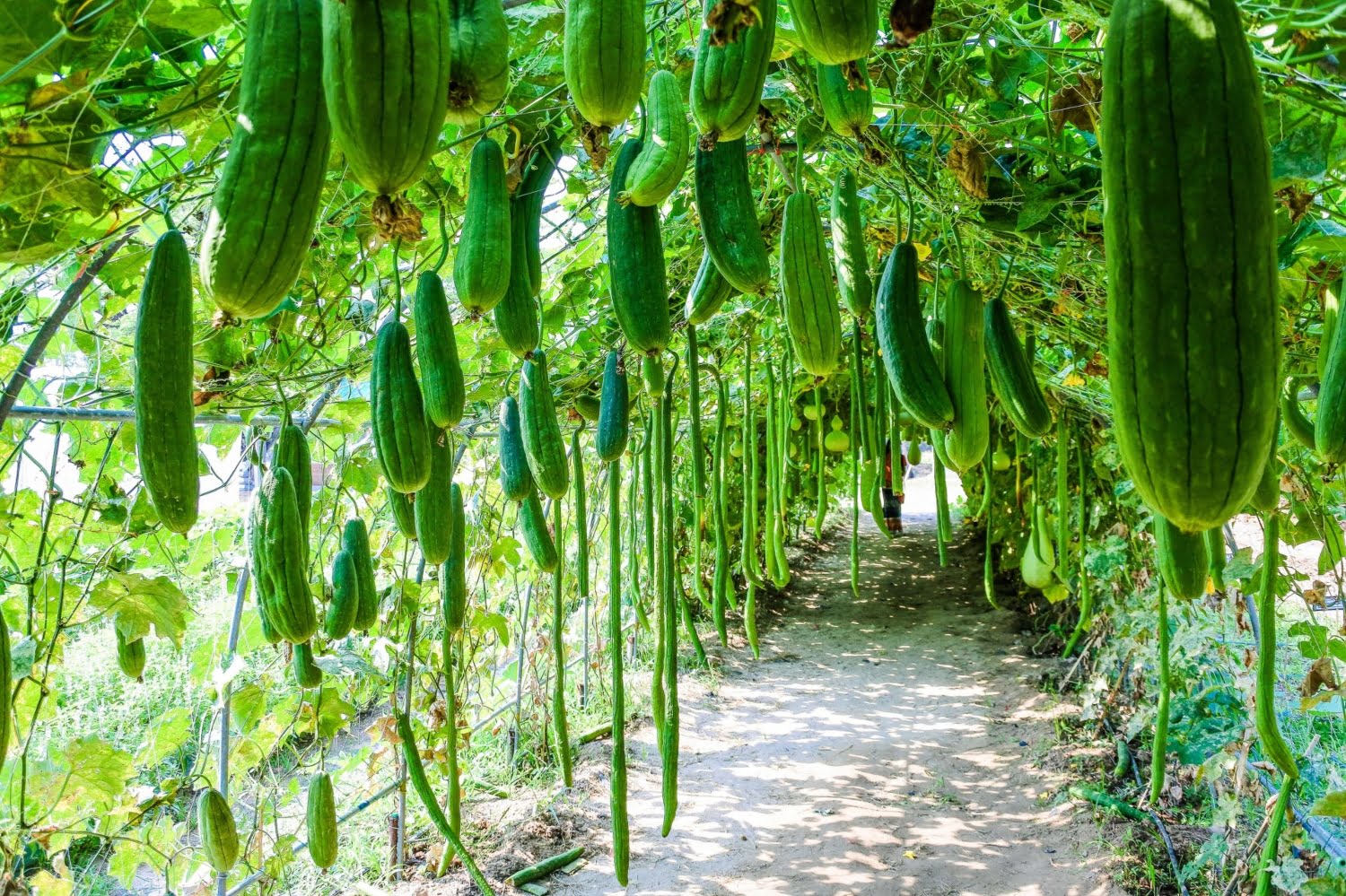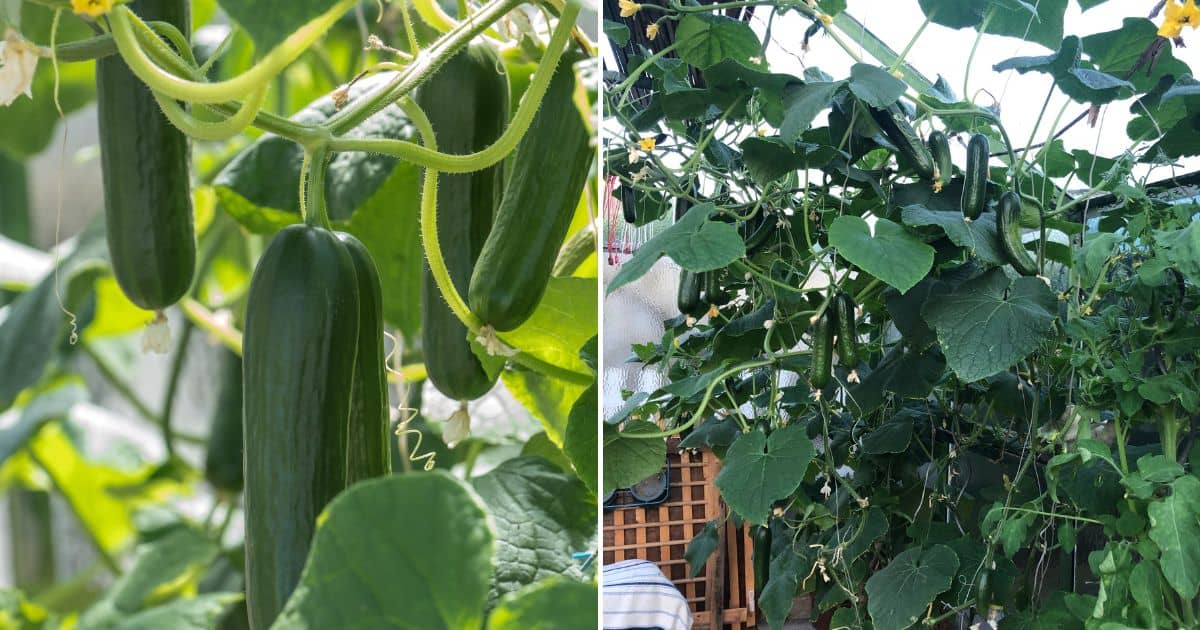Are you ready to elevate your zucchini growing game? Look no further! This simple guide will teach you everything you need to know about trellising zucchini. Say goodbye to unruly vines and limited garden space, and say hello to healthier plants and more bountiful harvests. With a few easy steps, you’ll be on your way to growing beautiful, trellised zucchini in no time. So grab your gardening gloves and let’s get started!
Choosing the Right Trellis
When it comes to trellising zucchini plants, there are a few important factors to consider. The first thing to think about is the growth habit of zucchini plants. Zucchini plants are known for their sprawling nature, with large leaves and long vines that can quickly take over a garden bed. Therefore, it is crucial to select a trellis that can adequately support the weight and size of the plants. A sturdy and durable trellis material is essential, as zucchini plants can become quite heavy when laden with fruits. Lastly, make sure the trellis is tall enough to accommodate the growth of the plants. Zucchini vines can reach several feet in height, so a trellis that is at least five to six feet tall is preferable.
Preparing the Zucchini Bed
Before planting your zucchini seeds, it is important to create an optimal environment for their growth. This starts with selecting the ideal planting location. Zucchini plants thrive in full sun, so choose a spot in your garden that receives at least six to eight hours of direct sunlight each day. Next, prepare the soil by removing any weeds or debris. Loosen the soil to a depth of about 12 inches, breaking up any clumps and removing rocks. Adding organic matter, such as compost, to the soil is beneficial for improving drainage and fertility. Spread a layer of organic matter on the soil surface and mix it in thoroughly using a garden fork or spade.

Planting Zucchini Seeds
The success of your zucchini crop starts with selecting the right variety. Consider factors such as the size and color of the zucchini you prefer, as well as the expected maturity time. Once you have chosen the variety, sow the seeds in well-prepared soil. Create furrows in the soil that are about one inch deep, with a spacing of 24 to 36 inches between each furrow. Place the zucchini seeds in the furrows, spacing them about three to four inches apart. Cover the seeds with soil and lightly tamp it down to ensure good seed-to-soil contact. Water the area gently to keep the soil consistently moist until the seeds germinate.
Supporting Zucchini Plants
Installing a trellis for your zucchini plants before planting them is highly recommended. This allows the plants to grow alongside the trellis from the beginning and prevents disturbance to their roots later on. Choose a location for your trellis that provides ample space for the zucchini plants to grow vertically. Once you have selected the spot, secure the trellis firmly in the ground to prevent it from toppling over as the plants grow. Use stakes or anchors to secure the trellis, ensuring it is stable and can withstand the weight of the plants.

Training Zucchini Plants
To encourage vertical growth and ensure that your zucchini plants utilize the trellis effectively, it is important to provide proper training. As the plants grow, gently guide the main stem of each plant along the trellis. This helps to keep the plants upright and prevents them from sprawling on the ground. Additionally, pruning excessive branches and foliage can help improve airflow and reduce the risk of diseases. Remove any small or weak branches that are not contributing to the overall structure and health of the plant. Be careful not to remove too much foliage, as the leaves are responsible for photosynthesis and the production of energy for the plant.
Tying Zucchini to the Trellis
Tying the zucchini plants to the trellis is an important step in supporting their growth and preventing damage. It is essential to use soft ties, such as twine or garden tape, to avoid harming the plants. Start by loosely tying the main stem of each plant to the trellis, allowing room for growth and movement. As the plants continue to grow, you may need to secure additional branches to the trellis to prevent them from falling or bending under the weight of the fruits. Make sure the ties are not too tight to allow for natural movement of the plant in the wind.

Watering and Fertilizing Zucchini
Maintaining consistent soil moisture is crucial for the healthy growth of zucchini plants. Watering at the base of the plants is recommended to prevent wetting the foliage, which can lead to the development of diseases. Water deeply and thoroughly, aiming to keep the soil evenly moist throughout the growing season. Avoid overwatering, as excessive moisture can result in rot and other problems. Additionally, applying a balanced fertilizer regularly will provide the necessary nutrients for the plants. Follow the instructions on the fertilizer package and apply it according to the recommended dosage and frequency.
Pest and Disease Management
To keep your zucchini plants healthy and productive, it is important to manage pests and prevent diseases. Using natural pest control methods is a great way to minimize the use of harsh chemicals in your garden. Regularly inspect your plants for common zucchini pests such as aphids, cucumber beetles, and squash bugs. If you notice any signs of infestation, you can use organic insecticidal soaps or homemade remedies such as neem oil or garlic spray to control the pests. Additionally, regular monitoring and practicing good sanitation, such as removing fallen leaves and fruits, can help prevent diseases such as powdery mildew and bacterial wilt.

Harvesting Zucchini
Zucchini is best harvested when it is still young and tender. Monitor your plants regularly and look for zucchinis that are about six to eight inches in length. At this stage, the fruits will be flavorful and have a desirable texture. Use a sharp knife or pruners to cut the zucchini from the plant, making sure to leave a small portion of the stem attached to the fruit. Harvesting zucchini regularly, every two to three days, will encourage the plant to produce more fruits. If zucchinis are left on the plant for too long, they can become oversized and tough.
Storing and Using Zucchini
Properly storing zucchini is essential to maintain its freshness and flavor. Store unwashed zucchinis in a plastic bag or container in the refrigerator. They can stay fresh for up to one week when stored this way. To preserve zucchini for long-term enjoyment, you can also consider freezing or canning methods. Zucchini is a versatile vegetable that can be used in various culinary creations. Incorporate it into your favorite recipes, such as stir-fries, pasta dishes, or baked goods. You can also experiment with pickling or fermenting zucchini to add a unique flavor to your meals. The possibilities are endless with this versatile vegetable.




